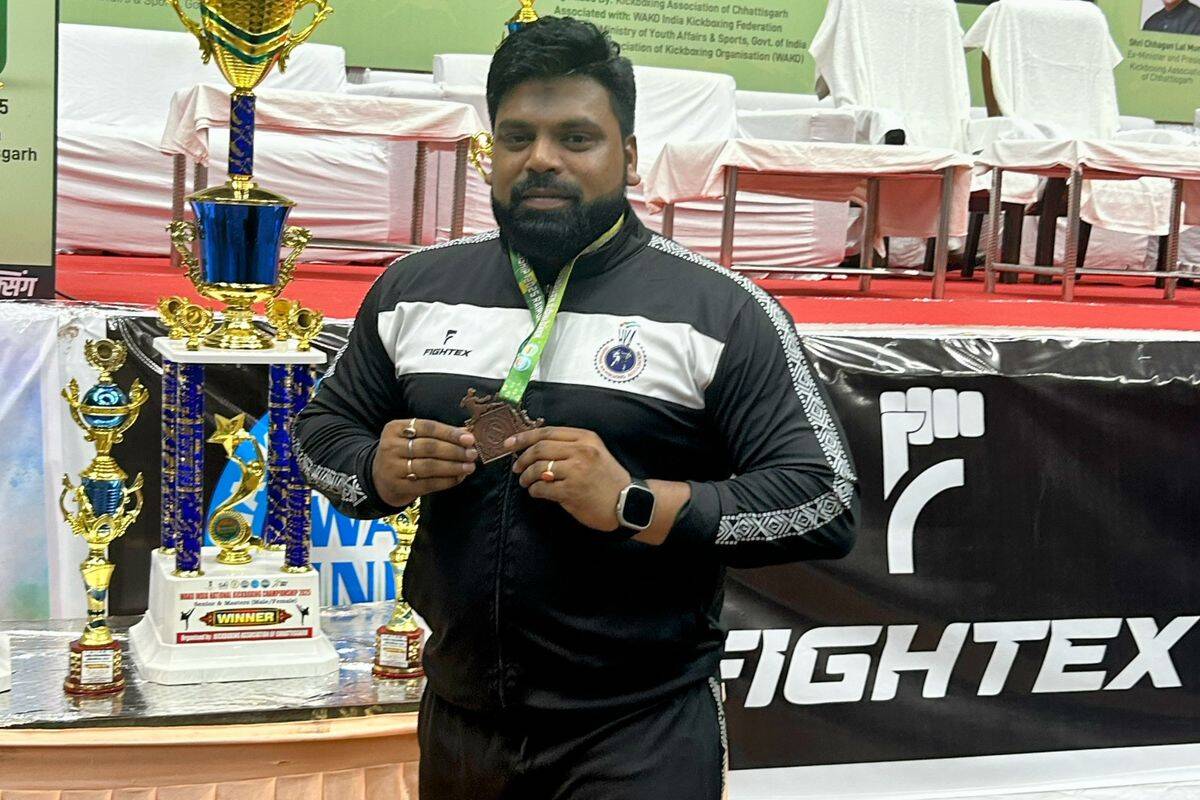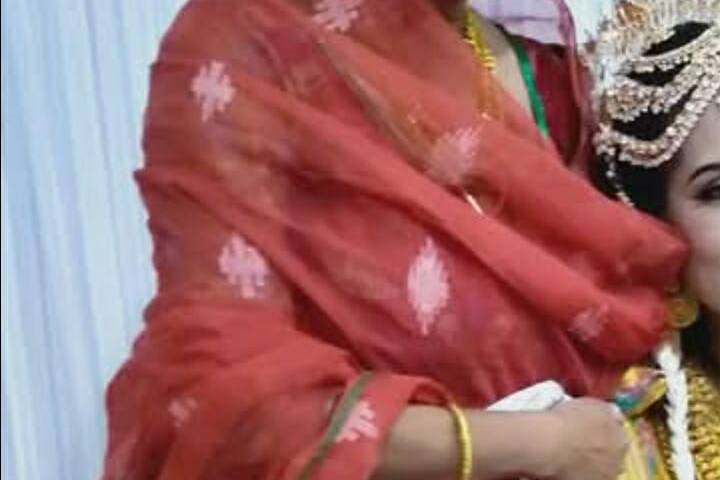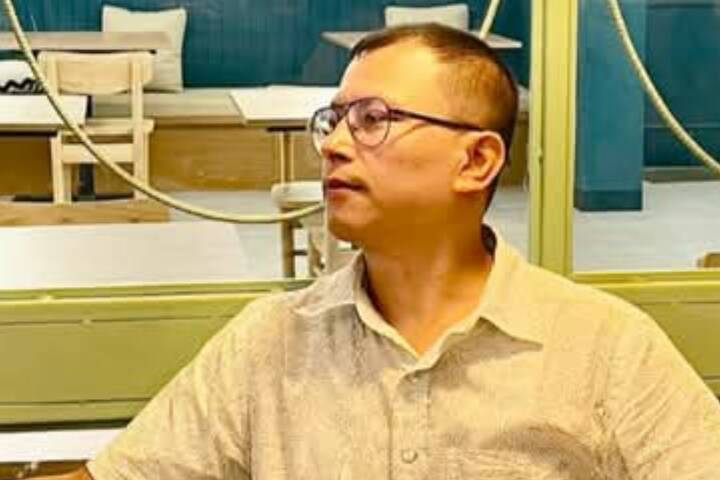Prof. Dr. Thokchom Chandramani Singh: A Lifelong Crusader for India’s Endangered Languages
Prof. Dr. Thokchom Chandramani Singh stands as a towering figure in Indian linguistics, celebrated for his groundbreaking contributions to the preservation and revitalization of endangered tribal languages. A distinguished academician, cultural researcher, and the first appointed language scientist under the Government of India’s Dimensions of Language Endangerment program, he has played a crucial role in safeguarding the linguistic heritage of India—particularly in the linguistically rich yet vulnerable regions of Northeast India. Currently serving as Professor and Dean at the Directorate of Regional Indian Languages and Research at Manipur International University, Prof. Singh has authored over 39 pictorial glossaries, the first comprehensive grammar of the Thangal Naga language, and several landmark ethnographic works.
Early Life and Academic Foundations
Born on February 1, 1977, in Imphal East, Manipur, Prof. Singh grew up in a culturally vibrant environment shaped by the traditions and languages of South and Southeast Asia. His parents, the late Thokchom Naran Singh and Thokchom Pramo Devi, instilled in him a deep respect for heritage and learning. Immersed in the multilingual mosaic of his homeland, he developed an early interest in language, identity, and tradition. His academic journey culminated in his graduation as a gold medalist in linguistics in 2000—a testament to his intellectual prowess and deep-seated commitment to linguistic inquiry. However, what truly distinguished him was his empathy for marginalized communities and his conviction that every language carries the soul of its people.
Pathbreaking Career in Language Preservation
Prof. Singh’s professional journey began under the auspices of the Ministry of Human Resource Development, where he was appointed as the first language scientist for the Dimensions of Language Endangerment initiative. This landmark program focused on identifying and preserving the languages of India’s most vulnerable tribal communities. Trained in advanced field linguistics and revitalization strategies, he combined scholarly precision with a culturally sensitive approach, ensuring his work resonated not only in academia but also within the communities he served.
Among his most renowned projects is his work on Saimer, a language spoken by just five individuals in the Kulai district of Tripura. Through extensive oral history recordings and the creation of visual learning aids, Prof. Singh ensured that this near-extinct language was not only documented but made accessible for future generations. Similarly, his research on Aimol and Tarao—languages with fewer than 1,066 speakers—reversed their academic invisibility and reignited governmental and institutional interest. Notably, Tarao was once declared extinct by UNESCO in 2009, a status that has since been reexamined thanks to Prof. Singh’s intervention.
Literary and Ethnographic Innovations
A hallmark of Prof. Singh’s legacy is his development of 39 pictorial glossaries, which transcend the boundaries of traditional dictionaries. These works blend linguistic information with visual storytelling to help children and adults alike reconnect with their native tongues in an intuitive and engaging way. Languages such as Chiru, Chothe, Inpui, Aimol, and Tarao are vividly represented in these glossaries, which now serve as key resources in classrooms and cultural centers.
He is also credited with authoring the Preliminary Grammar of Thangal, the first formal grammar of the Thangal Naga language. The book’s release, graced by Hon’ble MP Leishemba Sanajaoba—titular king of Manipur—marked a momentous occasion in the annals of tribal linguistics. This publication not only laid down the syntactic structure of Thangal but also opened doors to community-led education and literacy programs.
Prof. Singh’s intellectual contributions also extend to spiritual and historical domains. His compilation of the Sakok Thiren, a sacred Meetei text, deepens our understanding of indigenous religious thought, while his book Origin and Development of Early Indian Scripts provides critical insight into the evolution of Brahmi and other ancient Indian scripts. The latter has even been submitted as swearing evidence before the Manipur State Consumer Disputes Redressal Commission, reflecting its scholarly and legal significance.
Academic Leadership and Institutional Impact
Throughout his career, Prof. Singh has assumed key leadership roles that furthered the cause of linguistic equity. As Head Trainer in the People’s Linguistic Survey of India—a collaborative initiative of the Registrar General of India and the Central Institute of Indian Languages—he guided nationwide documentation projects, ensuring that field linguists were both methodologically equipped and culturally grounded.
At present, he leads the Directorate of Regional Indian Languages and Research (DRILR) at Manipur International University, an autonomous institution recognized by the UGC. Under his stewardship, the institute has become a beacon for regional linguistic studies, fostering a new generation of scholars committed to preserving India’s linguistic diversity.
Visual Documentation and Film
Recognizing the power of media to educate and preserve intangible heritage, Prof. Singh directed the documentary The Maring Naga: Seed Sowing Ceremony. This 24-minute film, selected for the Indian Independent Film Festival (IIFF) 2025, highlights the ritual life of the Maring Naga community, showing the interplay between language, agriculture, and identity. Its critical acclaim testifies to Prof. Singh’s multidisciplinary talents and his ability to tell culturally resonant stories through the cinematic lens.
National and Global Recognition
Prof. Singh’s contributions have not gone unnoticed. On May 30, 2025, he was inducted into the Influencer Book of World Records for his exceptional efforts in linguistic and cultural preservation, particularly for the grammar of Thangal Naga and his collection of pictorial glossaries. In 2023, he received the International Educationist of the Year award from the Indian Pride Iconic Awards and was also honored with the National Educationist of the Year award by Social Point, India, on the occasion of National Teachers’ Day. These accolades highlight the widespread impact of his work across education, culture, and public service.
Commitment to Inclusive Scholarship
Prof. Singh’s academic philosophy emphasizes that research must serve humanity. As Editor-in-Chief of Phijigi Manilaktagi, a bilingual journal addressing issues faced by persons with disabilities, he has given voice to marginalized communities beyond linguistics. The journal’s release by Manipur’s Chief Minister, N. Biren Singh, underscored its societal relevance and Prof. Singh’s holistic vision of equity.
Personal Life and Legacy
Despite his immense achievements, Prof. Singh remains deeply grounded in his community in Manipur. He is married to Waikhom Sanjita Devi, a Senior Clinical professional at Apollo Excel Care Hospital in Guwahati, Assam. Together, they are raising two daughters, Leimarenbi and Lanchenbi Thokchom. True to his values, he continues to conduct fieldwork and mentor young researchers with unflagging dedication.
A Lifelong Mission, A Lasting Legacy
Prof. Thokchom Chandramani Singh’s career is a testament to the enduring power of language as a vessel of history, identity, and collective memory. His work is not confined to academic texts—it is living, breathing advocacy for cultures at the brink of silence. In documenting and revitalizing endangered languages, he has preserved not just words, but entire worldviews, philosophies, and traditions. His mission reminds us that to save a language is to save a people. And through his life’s work, the forgotten voices of India’s tribal communities have found a champion who ensures they are heard, remembered, and celebrated for generations to come.






